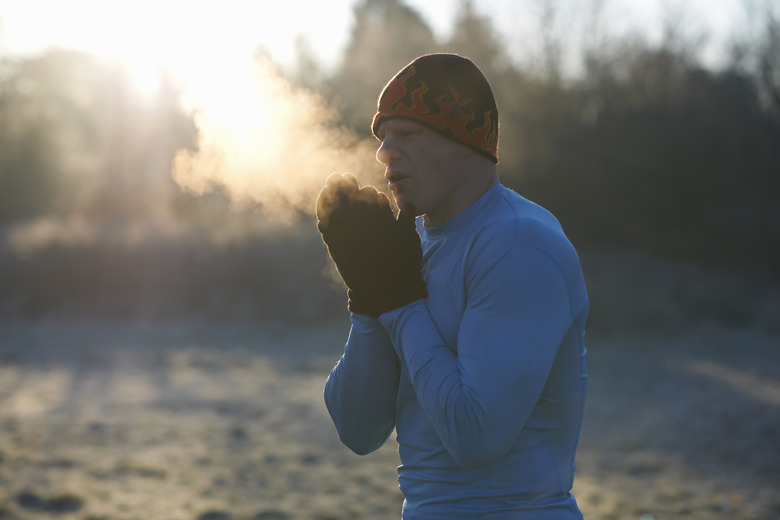Does Wind Chill Affect Objects Like Metal?
Wind chill refers to how fast the body loses heat when exposed to cold temperatures and wind. The colder the temperature and the more wind that's present, the faster body heat is lost. This occurs by the wind chill reducing the external body heat, which eventually causes the internal body heat to decrease. While wind chill does not have this same effect on inanimate objects, it can affect them in varying ways.
Objects and Air Temperature
Objects and Air Temperature
The National Weather Service Forecast Office explains that objects, such as metal, cannot be cooled beyond the temperature of the air, regardless of wind chill. For example, an inanimate object that is exposed to cold air and low temperatures may become cold rapidly, but unlike people or animals, it is not possible for the inanimate object to be stripped of internal heat. However, some exceptions do apply.
Water Pipes
Water Pipes
Household water pipes are commonly made of polyvinyl chloride (PVC), copper or metal. In some instances household pipes are exposed to wind chills, depending on where the pipes are located, such as above ground and outside. Household water pipes commonly carry hot and cold water throughout the home, thereby creating an internal heat source throughout the pipe. When wind chills are present, the exposed pipes are subjected to the possibility of heat transfer or heat loss. As wind chill causes heat loss to increase and the water inside the pipe to freeze, the pipe may burst from the pressure that accumulates.
Chemical Reactions
Chemical Reactions
Some inanimate objects are composed of internal chemicals that create their own heat source. For example, when mixed, concrete relies on the internal heat reaction of its chemical components for the concrete to set, or harden. Because of this internal heat source, if freshly poured concrete is exposed to wind chill, the concrete may not set properly if the wind chill extracts the heat created by the chemicals.
Car Radiators
Car Radiators
Some inanimate objects, such as car radiators, have an internal heat source and are not impacted by wind chill. This is, of course, provided that your radiator does not have leaks and operates normally. For wind chill to be a factor in the operation of a car radiator, a heat loss or transfer must occur. While wind chill may cause the temperature of the antifreeze in the radiator to drop, the radiator itself, like most simple inanimate objects, will not become colder than the temperature of the air.
References
Cite This Article
MLA
Lesco, Patrice. "Does Wind Chill Affect Objects Like Metal?" sciencing.com, https://www.sciencing.com/wind-chill-affect-objects-like-metal-10056448/. 12 August 2011.
APA
Lesco, Patrice. (2011, August 12). Does Wind Chill Affect Objects Like Metal?. sciencing.com. Retrieved from https://www.sciencing.com/wind-chill-affect-objects-like-metal-10056448/
Chicago
Lesco, Patrice. Does Wind Chill Affect Objects Like Metal? last modified March 24, 2022. https://www.sciencing.com/wind-chill-affect-objects-like-metal-10056448/
